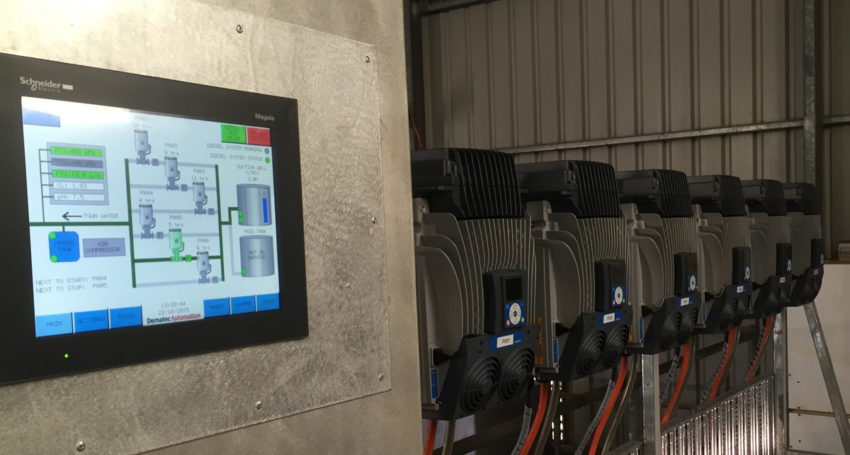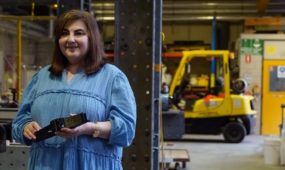Industrial internet of things helps Australian companies remain globally competitive
Technology
Companies in Australia are turning to the Industrial Internet of Things to streamline production and reduce costs to remain globally competitive.

Sign up to receive notifications about new stories in this category.
Thank you for subscribing to story notifications.

South Australian business Dematec Automation has been helping companies streamline their operations for almost three decades. Its core business for many years was working with manufacturers but a downturn in that industry has seen it diversify into defence, food and beverage, water and agriculture.
“The key drivers of what we do are to make our clients more productive, more efficient and give them the capability to do things they couldn’t do before, or to be more compliant or safe,” Dematec CEO David Hart said.
“Because we operate in a global economy, if you can’t be as efficient or as flexible in what you do then people are going to buy lower cost items from Asia or they will go for premium products from Europe or America.
“The Industrial Internet of Things is something that’s more recent and allows us to leverage advances in cloud computing and communications technology and use that to package up an offering for clients in a different way so they can increase their insights and their capabilities in a cost effective fashion.”
Water is now Dematec’s biggest industry. The company was engaged by HydroPlan to work on the $22 million Gawler Water Reuse Scheme, which captures stormwater from the often-dry Gawler River north of Adelaide and pumps it through 43km of pipelines to holding dams and underground aquifers to be used to irrigate vineyards in the western Barossa Valley.
The electrical, control, and communications infrastructure for the project was delivered by Dematec and is managed by a 3G telemetry system that allows HydroPlan to efficiently operate the system remotely via tablet or phone thereby reducing ongoing management costs.
“They even have cameras that run on this network so if there is a problem the first thing they do is look at the relevant camera to see what’s going on before they send someone out to the site to address the issue,” Hart said.
Dematec also provides the control and industrial communications systems support at Techport Australia, the nation’s premier naval hub at Port Adelaide.
The site is home to Australia’s two largest naval projects – construction of three Air Warfare Destroyers and the Collins class submarine sustainment program.
“At that site there’s a huge amount of infrastructure in place to deliver all the services required for the construction, maintenance and commissioning of those vessels,” Hart said.
“So there’s a huge amount of data that is getting generated and pulled together in one place.”
Dematec still has a number of manufacturing clients including Philmac and Techno Plas and is also looking to move into aged care.
The industrial internet of things is also able to help companies that consume a lot of power and buy their electricity from the spot market to design their production around the cost of power through customised web platforms.
“One of the benefits of having this hosted on the internet is you can get access to any structured data that resides on the internet such as the AEMO website showing the current electricity price for South Australia,” Hart said.
“This can automate that decision making for you and give you the ability to set rules around it to optimise the price you pay for power or how you use power to minimise bills.
“If you’re on the electricity spot market then you could say ‘I don’t want to run if the price is above $100/MWh’ or if you’re an irrigator and you’ve got a big tank then you can let it run right down and fill it up when the price is negative and AEMO is effectively paying you to use power.
“Once you’ve got that sort of connectivity and access to information then you can start basing decisions around it.”
Jump to next article




